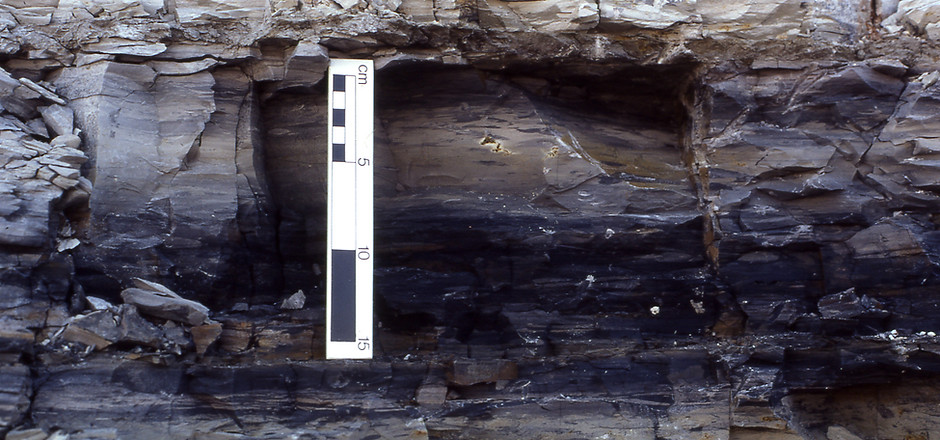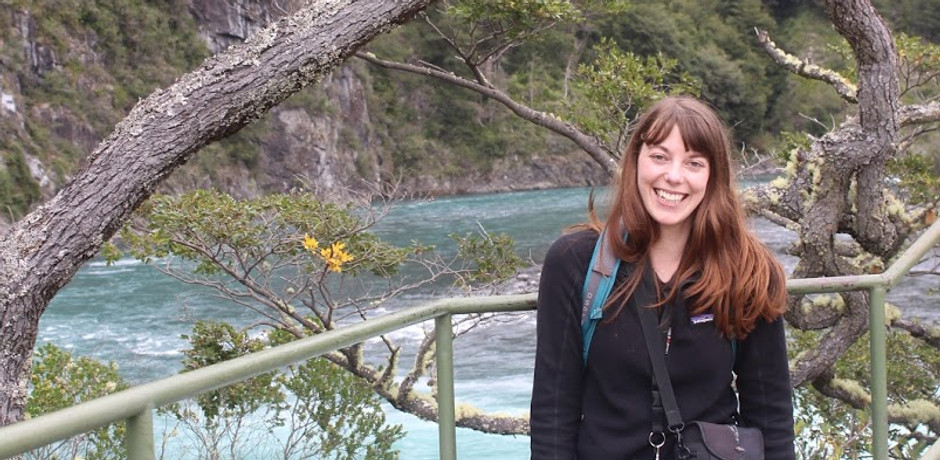
ILSA COOKE
Incoming Assistant Professor, University of British Columbia
I am an Assistant Professor in the chemistry department at the University of British Columbia. Previously, I was a Marie Curie postdoctoral researcher at the Institut de Physiques de Rennes (IPR) at the Université de Rennes 1. My research focuses on measuring low-temperature reactions relevant to interstellar space in the laboratory. I completed my PhD at the University of Virginia in 2018, studying spectroscopy, physics and photochemistry of interstellar ice analogues.

ABOUT ME
I am from the beautiful South Island of New Zealand, where I attended the University of Otago to study for my bachelor's degree in chemistry. There, I became interested in cosmochemistry and conducted research measuring the uranium isotopic composition of meteoritic samples for early solar system chronology. After I graduated from Otago, I moved to Charlottesville, Virginia to undertake my PhD in physical chemistry. During my PhD, I conducted experiments studying low temperature chemical and physical processes in laboratory analogues of ices found in cold interstellar regions. Following my PhD, I worked as a Marie Curie postdoctoral fellow at the University of Rennes, France where I studied low-temperature gas-phase reactions of astrochemical importance. At UBC, I am combining my interests in laboratory ice and gas-phase chemistry as well as radio astronomical observations.
Academic activities and outreach
ACTIVITIES
The following is a list of my experiences as a professional in my field. Here you will find a showcase of each of these roles. They were all unique and contributed to both my personal and professional development. In addition to these positions, I’ve also launched a few endeavors of my own, which you can read about below. If you’d like references or additional information for any of these roles, please get in touch.

PHD RESEARCH
In May 2018, I completed my PhD in Chemistry at the University of Virginia. My main research interests involved simulating interstellar ices in the laboratory and studying their physics and chemistry. During my PhD, I studied the formation, spectroscopy and diffusive environment of carbon dioxide ices. I also conducted a quantitative laboratory survey of ice photodestruction. This research aimed to improve understanding of how the physical chemistry and surface chemistry of ices influence chemistry during various stages of star-formation.
.jpg)
OUTREACH ACTIVITIES
I was involved in various outreach activities during my PhD through the departments of chemistry (LEAD) and astronomy (Dark skies, bright kids) where I taught science to children at local schools, museums, summer camps and events. I also volunteered each year to judge the Virginia-Piedmont regional science fair. Above is a photo of me at the annual Halloween event at the Charlottesville Discovery Museum.

FULBRIGHT NZ
In 2013, I received a Fulbright Science and Innovation Graduate Award to study for my PhD in the US. Fulbright has provided a number of excellent opportunities during my studies in the US including holiday dinners with the Central Virginia chapter and conferences in Reno, NV and Portland, OR. Please contact me with questions about applying for a Fulbright! Above is a photo of me accepting my award with Minister of Science and Innovation, Steven Joyce, and former US amabassador to NZ, David Huebner
Experience
UNIVERSITY OF OTAGO

Dunedin, NZ
Bachelor of Science with Honours (first class)
December 2012
UNIVERSITY OF VIRGINIA

Charlottesville, VA
PhD in Physical Chemistry
May 2018
UNIVERSITY OF RENNES 1

Rennes, France
Postdoctoral researcher
2018 - 2021
RESEARCH

KINETICS OF GAS-PHASE REACTIONS AT LOW TEMPERATURES
Between 2018 and 2021, I worked as a Marie Curie postdoctoral fellow at the Institute of Physics at the University of Rennes 1 in the group of Ian Sims. My postdoctoral research involved measuring rate coefficients and product branching ratios for reactions between neutral species and radicals at low temperatures relevant to interstellar space. I was particularly interested in measuring reactions involving complex organic molecules and aromatics. Recently, we measured rate constants for the reactions of CN with methanol, benzene and toluene down to low temperatures.

PHOTOCHEMISTRY AND PHYSICS OF INTERSTELLAR ICE ANALOGS
During my PhD, I studied the photochemistry and physics of interstellar ice analogues in the laboratory. These ice are grown in vacuum and irradiated with vacuum-ultraviolet radiation to simulate interstellar radiation fields. I was also interested infrared spectroscopy of ices and how we can use spectra to aid astronomical observations, for example with the James Webb Space Telescope. I studied longitudinal phonons of CO2 ices and how they can allow us to probe the ice composition and the diffusion of molecules through the ice.

UNRAVELLING OCEAN ANOXIC EVENT-2 USING URANIUM ISOTOPES
I worked as a research assistant at the University of Otago Centre for Trace Elements Analysis studying the uranium isotopic composition of carbonate sediments from South Ferriby and Raia del Pedale from the Cenomanian–Turonian boundary event (ocean-anoxic event-2). The uranium isotopic composition can reveal the redox condition of the marine environment and hence trace ocean anoxia.

EARLY SOLAR SYSTEM CHRONOLOGY USING URANIUM ISOTOPES IN METEORITES
At the University of Otago I studied the uranium isotopic composition of early solar system materials including bulk meteorites and calcium-aluminium-rich inclusions from CV chondrite NWA-4502. The uranium isotopic composition is required for U-Pb dating and can also be used to constrain the timing of early solar system events based on enrichments in 235-U from the decay of the shortlived radionuclide 247-Cm

DEVELOPMENT OF A NOVEL DEVICE FOR PARASITOLOGY
As a summer intern, I was involved in the development of a novel tool for measuring parasites in stool samples in the field. I studied how the surface tension and microfluidics could be adjusted to improve the device performance. This device has now been commercialised by Techion.

Links
UVA chemistry:
Öberg research page:
https://www.cfa.harvard.edu/~koberg/Home.html
Centre for Trace Elements Analysis:
http://neon.otago.ac.nz/consulting/trace-element/
Fulbright:
https://us.fulbrightonline.org/
CONTACT ME
Address:
Institut de Physique de Rennes

